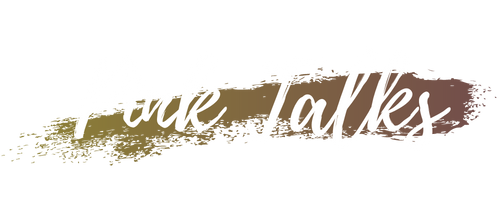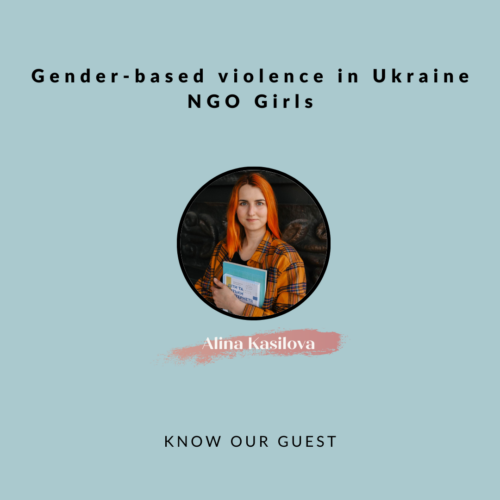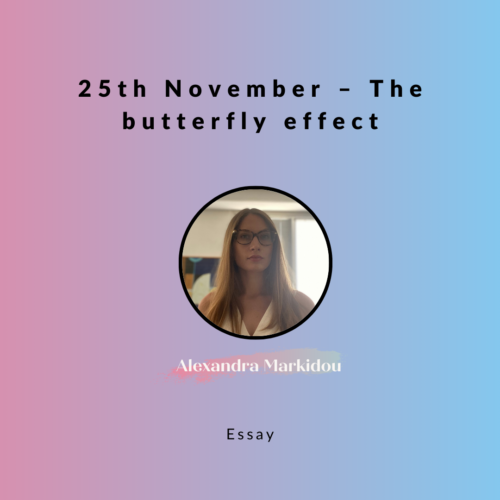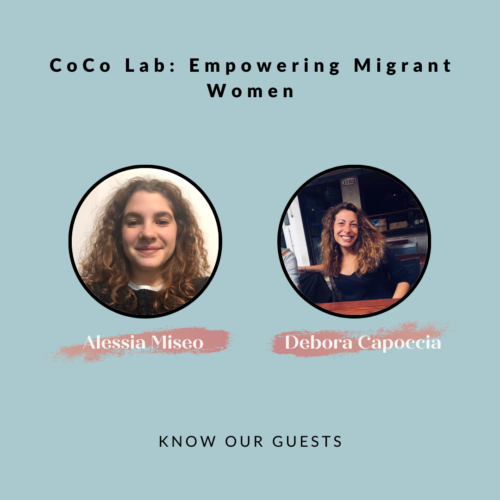“The reason that I find sex education, in my opinion, to be such a powerful anti-oppressive tool is that, for me, it is the place where I am kind of most made human, most made natural human as opposed to a socially constructed person”, expresses Holly Bee, our next guest.
The quote already gives a hint of the main point for this Pink Talks episode. Of course, we cannot talk about sex education in museums without discussing sex education in a broader sense. That is why we called into question beauty standards, body identity, historical views on sex, negative and positive attitudes toward sex education, sex demystification, and intersectionality.
Sex education as a way to break stereotypes
We live in a time when we are constantly searching for meaning, so it is natural to ask about necessity, purpose, and impact. What’s the use of sex education? Our guest found out that its impacts exceeds sex life because it builds a body-heart relationship that empowers individuals to communicate their needs, to protect themselves, to choose the right partner. The agency one gains can be used in other life aspects as well. Sex can feel really disempowering not only at the beginning but also for a person interested in sex yet surrounded by violent representations and ideas of what sex looks like. On another level, sex education breaks down stereotypes and teaches us to look beyond a lot of the ways we have been taught to define ourselves and each other. It talks about decolonization and power dynamics.
Sex education can be a triggering subject if we limit it to information about having sex. We project our fears of getting in trouble both in community and professional settings. In the organizational context, behind financial reasons or audience concerns, there is an anxiety of conflict or self-doubt. Parents can see this conversation as inappropriate for children. Children thinking of their parents in that context may translate into the parents’ fear of embarrassment or damaging the parent-children relationship. When creating safe spaces for this dialogue, we need to acknowledge the taboo and that people find it uncomfortable to talk about.
Creating safe spaces
As in the last episodes on sexual harassment in the workplace and gender impacts of armed conflict, we also put the question of solutions. What are the best ways to discuss sex in communities, families, and friend groups? Holly Bee believes the key is personal change. When you become more comfortable using proper sex language, with stating normal facts like period pains, you give other people permission to join you in that comfortable space.
The idea of sex education in museums started with an interview project of six museum educators who deliver sex education programs. Her purpose was to explore their emotional and professional experiences in a traditional, institutional environment. The idea is not that unusual if we think about the prevalence of white women’s naked bodies in museums and sex representation. In addition, the museum is a public and family space, meaning it is a safe space to have that conversation. A cultural institution full of body images gives the opportunity to question how those objects are portrayed, which in turn can help question everything else in society. It is the perfect setting where we can learn in a guided way to deconstruct paintings and the way society builds sex images in the media. A safe space helps develop critical thinking tools.
Museums as places for social change
One of the project’s observations is the museums’ potential to create social change. Despite museums’ heavy engagement in activism, sex education is not included in that. It is important to reposition sex education as an essential part of activism and social change. For a just, compassionate, and relevant museum, it needs to be a sex-positive one. Public space, as a different setting, gives teenagers and adults alike the permission to think and adopt a different attitude. It plays an important role in reducing sex shaming and allowing that dialogue to happen whenever a park statue or an artifact sparks it and wherever it becomes relevant. The point is for people to feel encouraged and comfortable to question what they see even if it’s in their head or with the person that they’re with. The difference between education in school and workshops lies in the approach. While the first one is delivered through a moral lens, the other one seeks to reduce shame. The school conversation depicts sex as inherently dangerous in a drastic, dramatic way, whereas sex educators talk about joy, fun, and levity.
The Sex education in museums episode encourages us to question sex, identity, body, and relationships, and it gives reassurance about the complexity of sex life. Discover oneself and others by exploring and interacting with the world in a more physical way! Be conscious! We are all humans living in the same context of sex being a taboo.
Feed your curiosity and get safe information by listening to the full episode on our sex-positive and shame-free YouTube channel!
Show resources
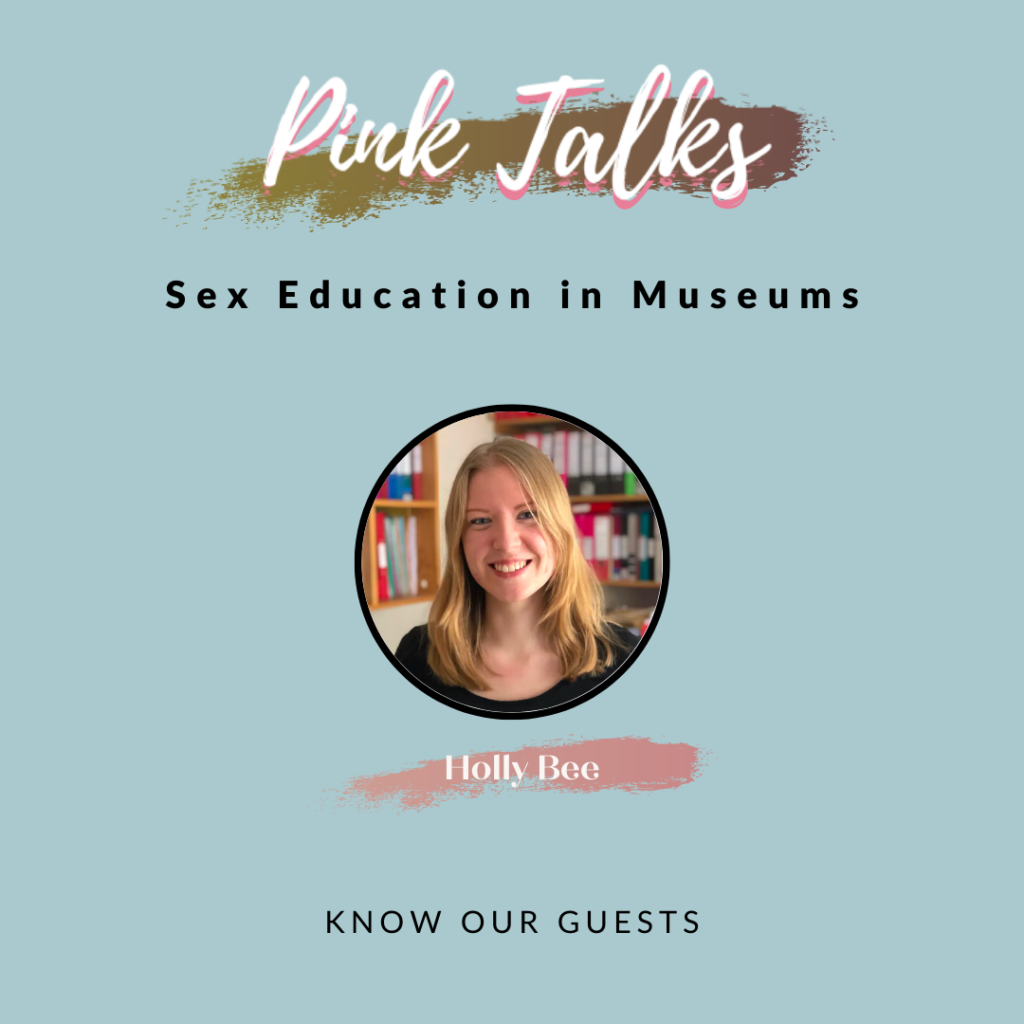
Holly Bee is a Ph.D. student in her second year at the School of Museum Studies, University of Leicester, United Kingdom. Her research is on the emotional experiences of museum staff doing social justice work, aiming to generate knowledge about how we can transform our organizations by making room for feelings and the agency of activist staff. As part of this wider project, she conducted an interview project in 2020 exploring the professional and emotional experiences of delivering sex education in museums. She is building on this project through presenting and seeking publication. She is passionate about creating a sex-positive, just, and compassionate society and believes museums have great potential to make a change.
